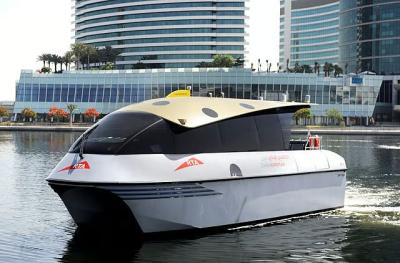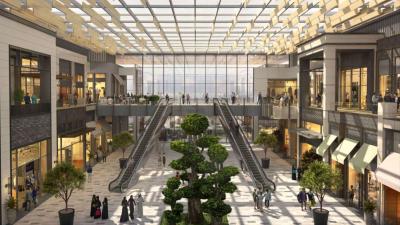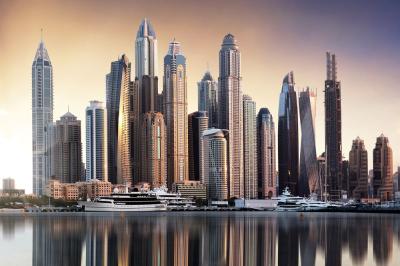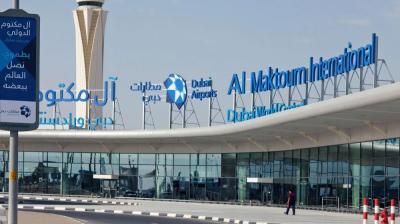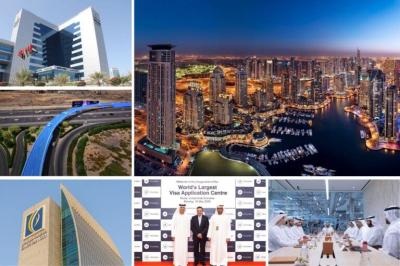From Desert Sands to Seven-Star Dreams: The Story of Burj Al Arab
Rising like a shimmering sail on the Arabian Gulf, the Burj Al Arab is more than just a luxury hotel—it is a symbol of Dubai’s vision, ambition, and ability to turn dreams into architectural marvels. Known as the world’s only seven-star hotel, it stands tall at 321 meters and sits proudly on its own man-made island. But before this icon graced the Dubai skyline, its story began in the heart of the desert.
The Vision Behind the Dream
In the early 1990s, Dubai was rapidly transforming from a desert trading port to a global tourism and business hub. The government, led by forward-thinking leaders, sought to create a landmark that would symbolize modern Dubai. The idea was clear: build a hotel so iconic and luxurious that it would become a beacon for the world.
British architect Tom Wright was tasked with bringing this vision to life. His concept was inspired by the sail of a dhow, the traditional Arabian vessel that once ruled Dubai’s seas. This gave birth to the now-world-famous silhouette of the Burj Al Arab.
Engineering a Miracle on Water
Constructing the Burj Al Arab wasn’t just about design—it was an engineering challenge of epic proportions. Built on an artificial island 280 meters offshore, it required innovative techniques and materials to ensure stability and durability. Over 230 concrete piles were drilled 40 meters deep into the seabed to support the structure.
The building’s façade is made from a Teflon-coated fiberglass cloth that gives it its signature white glow, making it shine brilliantly in the desert sun by day and illuminated by choreographed lights at night.
Luxury Beyond Imagination
The Burj Al Arab redefines luxury. It doesn’t have rooms—it has only duplex suites, each one dripping with gold accents, rich textures, and smart technology. From 24-carat gold iPads to butler service and Hermes toiletries, the experience is tailored for those who expect nothing but the best.
Types of Suites and Key Features
| Suite Name | Area (sqm) | Luxury Features |
|---|---|---|
| Deluxe Marina Suite | 170 | Spacious living area, ocean view, whirlpool bath |
| Panoramic Suite | 225 | Wraparound windows, rotating bed, 270° views |
| Royal Two-Bedroom Suite | 780 | Private elevator, cinema room, gold finishes |
Dining Among the Stars
Fine dining is an art at the Burj Al Arab. Each restaurant is curated to deliver world-class cuisine in extraordinary settings. Perhaps the most famous is Al Mahara, where guests dine beside a giant aquarium filled with exotic marine life. For those who prefer sky-high views, Al Muntaha offers European cuisine on the 27th floor with panoramic scenes of the Persian Gulf.
The hotel also offers afternoon tea at Sahn Eddar in its stunning atrium, once listed among the most Instagrammed spots in the Middle East.
Innovation Meets Hospitality
From its private helipad to the fleet of chauffeur-driven Rolls-Royce Phantoms, the Burj Al Arab is innovation wrapped in elegance. Guests have access to the Burj Al Arab Terrace, which includes saltwater infinity pools, private cabanas, and a beach club—all suspended above the sea.
The Talise Spa, located 150 meters above the Arabian Gulf, offers unparalleled treatments with mesmerizing views, ensuring complete relaxation in total privacy.
Cultural and Global Impact
Since its grand opening in 1999, the Burj Al Arab has not only attracted celebrities, royalty, and billionaires but also helped redefine Dubai as a global luxury destination. It has become one of the most photographed buildings in the world and a true symbol of UAE pride and creativity.
It is frequently featured in movies, high-profile events, and even in sporting history—from Tiger Woods hitting golf balls from the helipad to Roger Federer playing tennis on the sky-high court.
Conclusion: From Vision to Reality
The journey of the Burj Al Arab is a tale of transformation—of how a city rose from the desert sands to become home to one of the most luxurious hotels on the planet. It is a place where tradition meets technology, where comfort meets creativity, and where every moment is designed to feel like a dream.
Whether you stay for a night, dine for an evening, or simply stand at the shoreline and gaze up at its sail-shaped form, the Burj Al Arab offers an experience that goes far beyond hospitality—it offers a story to be part of.



